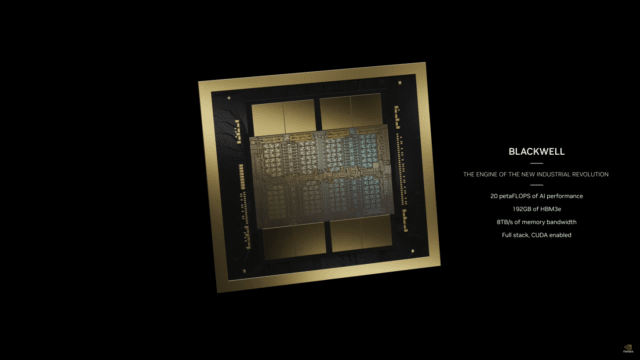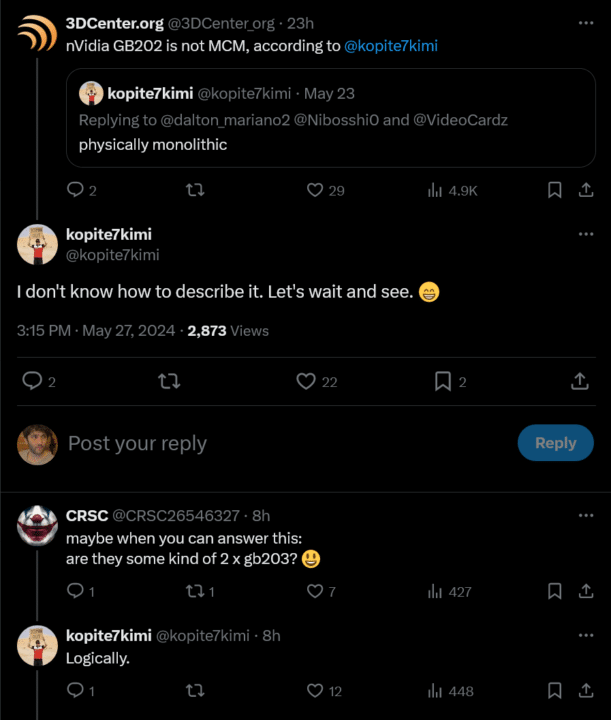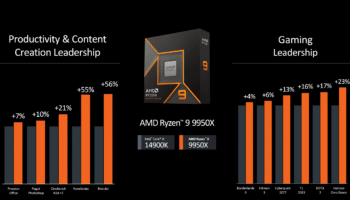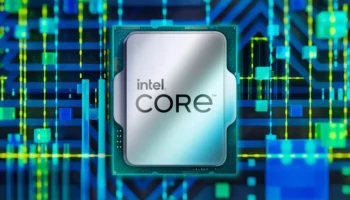
NVIDIA’s Blackwell gaming GPUs will feature a monolithic design, but take the first step toward preparing the foundation for future chiplet designs. The Blackwell B100 features two discrete GPU dies fabbed on TSMC’s N4 process connected by a 10 TB/s interconnect. However, it isn’t the first NVIDIA GPU to feature partitioned core clusters. The Ampere A100 and the Hopper H100 Tensor core GPUs featured a crossbar dividing the shader cluster into two equal parts.

The A100 consists of two 4-GPC shader/core clusters connected using a high-bandwidth crossbar, each with its own L2 cache blocks and memory controllers. The Blackwell B100 merely upgraded the crossbar to a chip-to-chip interconnect, retaining the two GPU segments as disaggregated dies.

According to @kopite7kimi, the GB202 GPU powering the GeForce RTX 5090 will feature an on-die partition (hints at it) that divides the shader cluster into two parts, thereby laying the groundwork for future modular/chiplet products. We’ll likely see a high-speed crossbar connecting the two segments featuring their respective L2 cache and memory controllers.
The GB202 should be similar to the AD102 with wider GPCs packing 8 TPCs and 14 SMs. The overall core count should be 20-30% higher than its predecessor, between 22,000 and 24,000. It features a 512-bit bus which can be paired with 32GB of GDDR7 memory (16x 32-bit memory controllers). It will also include at least 96MB of L2 cache for servicing cache misses at the L1 level. More info on the GB202 and the RTX 5090:





